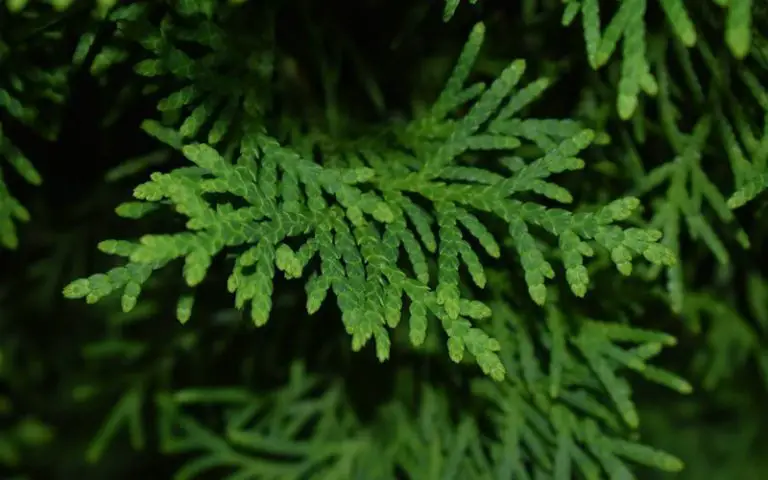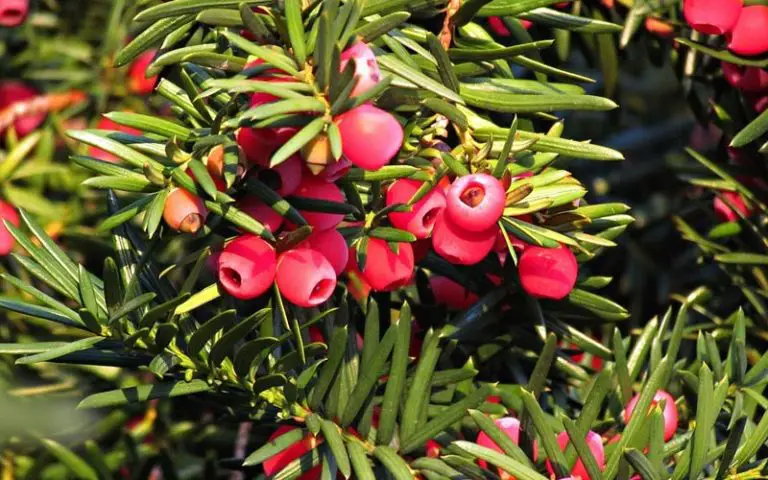How to Keep a Juniper Bonsai Alive
Juniper is one of the most preferred choices for bonsai. Although it’s known for its resilience and low maintenance, you must know what conditions are suitable or unsuitable for its survival. Here are some tips on how you should take proper care of your bonsai and keep it alive.

Watering a Juniper Bonsai
Junipers don’t need a lot of water; in fact, you can let the soil dry out before watering it again. However, you must keep an eye on the soil condition every single day. Use your finger or a chopstick to check the soil’s moisture level. Don’t over-water the tree, as the roots can’t stand soil wetness. You should also regularly mist the foliage with a spray bottle.
Which Fertilizers to Use For a Juniper Bonsai
Use a liquid fertilizer every week or normal fertilizer pellets every month. If you want stronger growth, add more nitrogen to the fertilizer in spring. The soil should be of high quality, loose and one that has good drainage. Most local nurseries have a stock of commercial bonsai soil that you can use for your juniper.
Common Pests
Juniper trees can get infested with various pests such as aphids, mealy bugs, webworms, spider mites, needle miners, etc. If you take proper care, you can avoid the occurrence of pests and diseases on your tree. If you detect them at an early stage, you can control their spread. Use an insecticidal soap every 5-7 days. Make sure you follow the instructions on the package, else you risk harming your tree in the process.
Another problem that you might find in a juniper tree is that of rust fungus. Some varieties of juniper are more resistant to fungus than others. Generally, the blue-green junipers have more resistance than the ones with yellowish-green foliage. Once a tree gets infected with rust fungus, there’s permanent damage to it.
Hence, it’s best that you place a juniper tree outdoors. If you keep a juniper tree indoors all year round, you’ll start to notice it looking weak and sickly. It would be best if you only kept it indoors for a few days at a time.
Pruning a Juniper Bonsai
While pruning, you should make sure that you don’t trim the tree like a hedge, as that would weaken it and will also turn the foliage brown. When the foliage gets too dense, you can snip the parts with sharp scissors. Regular pruning ensures that pests don’t settle in on the tree. However, there should be some foliage left on every branch so that the tree can bud from all the parts.
Placement
The juniper tree needs a sunny outdoor location with good airflow to survive. Placing it in a closed environment or a garage is not a good idea unless there’s a fan in it. Humidity is also essential for a juniper tree. It also needs a lot of sunlight for its growth, as much as five hours a day. It needs morning sun outdoors and afternoon shade. Junipers thrive in an outdoor environment and can die if kept indoors for extended periods.
During the winter periods, when the temperatures go below -10 C, you must protect the tree. At this time, junipers enter the dormancy period, which means it slows down its growth and needs less sunlight. It still needs to be watered, though. You can place the tree in a garage or a shed in winter. Make sure there are no heat vents around the tree.

Final Thoughts
As you can see, despite being a strong and resilient tree that can survive for up to 700 years, it still needs care and maintenance. It’s always better to take basic precautions to prevent any damage to your juniper tree and keep it alive forever.

